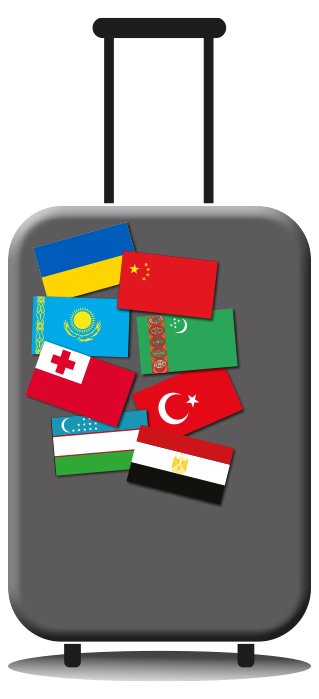
Over the years we have been lucky enough to have visited many countries.
We are about to start travelling again and given the crisis in Ukraine, it’s interesting to reflect on how politics can effect travel.
Of course these interruptions are minuscule, compared to the suffering and loss of life that has been inflicted on the people of Ukraine.
The war in Ukraine, or as Vladimir Putin describes it a: ‘special military operation’ has altered the face of Europe. Not since the Second World War has there been such an upheaval of the status quo.
With the current instability in Eastern Europe and the tendency of government policies to demonise people who don’t agree with them, we now find our travel options more limited than ever before.
We have always judged a country by its culture and people, not the politics.
Our travels have taken us to places that, under current circumstances, wouldn’t be possible now.
In 2007 we spent two weeks in Russia.
A country that now regards Australia as hostile. This is a result of the sanctions that have been rightly placed on Putin and his cronies.
Also with war comes the inevitable flood of refugees fleeing the conflict. They usually go to neighbouring countries and that swells the population and puts pressure on the infrastructure.
A good example is the number of Ukrainians escaping to Poland.
Three weeks into the conflict and the population of the Polish capital, Warsaw, had risen by 15%.
After five weeks over 4 million had left the Ukraine – that’s approximately a quarter of the population.
By the time of publishing this blog, that number had risen to over 6 million.
There is even a reverse effect with Russians either unable to leave the country, or not wanting to, due to fears of persecution within Europe.
Those that have managed to escape have taken the train to Finland. That was until the normally neutral Finish government stopped the service and closed its borders with Russia.
Both Finland and Sweden are now looking to join NATO, which might rule those countries out as a destination for Russian tourists.
In 2012 we made a long awaited trip to Egypt.
This was a year after the Egyptian Revolution of 2011 and the fall of the long time president Hosni Mubarak (1981-2011)
After the revolution and the removal of Mubarak, a new president, Mohamed Morsi, was elected by a popular vote. He was then ousted by General Abdel Fattah el-Sisi, who subsequently became the next head of state in the 2014 presidential election.
The country is still not settled and isn’t recommended for tourism due to fears of terrorist attacks.
Also in 2012, we spent a month in Turkey.
We travelled by car, boats, planes and busses and had a fabulous time.
Talking to many locals, who are always interested to chat to Australians, we discovered that there was some disquiet about their current Prime Minister, Recep Tayyip Erdoğan.
Since then Erdoğan has taken over as President and Turkey has undergone a radical process of Islamification.
It’s no longer the moderate, secular country that was created by Mustafa Kemal Atatürk in 1923.
In 2014 we travelled from east to west across China, starting in Hong Kong.
These days, with the tensions high between Canberra and Beijing, Australians have been warned about the possibility of arbitrary detention for ‘endangering national security’
This same excuse is now being used by a number of governments trying to stop any descent.
After crossing China we travelled trough Central Asia, visiting a number of ‘The Stans’. Kazakhstan, Kyrgyzstan, Turkmenistan and Uzbekistan.
Many of these former Soviet states are still loyal to the Kremlin, so currently they would not be pre-disposed to Australian tourists.
Politics isn’t the only thing to put a break on travelling.
Again in 2014, we had a two week break in Tonga, visiting Nuku’alofa and Fafa Island.
The January 15, 2022 volcanic eruption and the subsequent volcanic plume and tsunami has devastated parts of this tranquil Pacific archipelago.
The clean up and rebuilding, since the disaster, would be putting a huge strain on the infrastructure.
Tourism is a vital part of many economies and not travelling there would also be a disaster.
It therefore all comes down to choosing where to go, so you don’t get in the way – or get arrested.

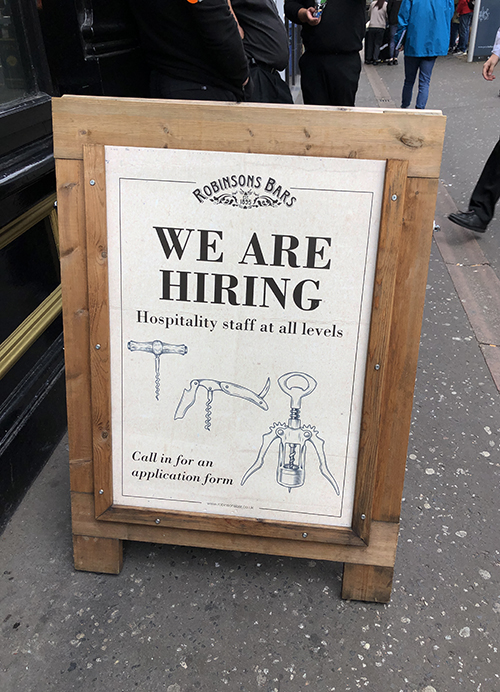



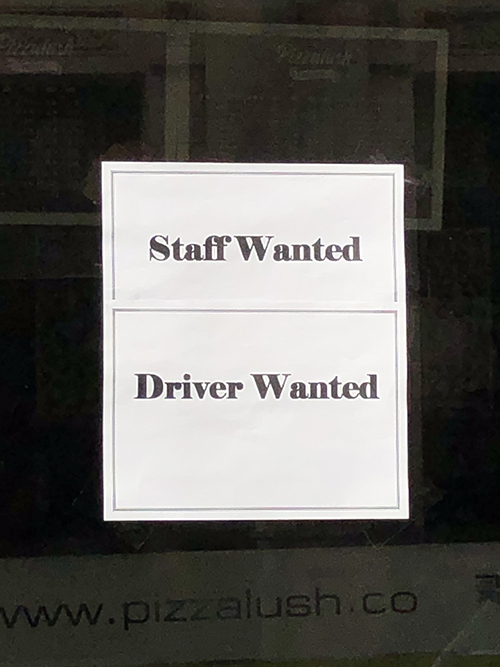


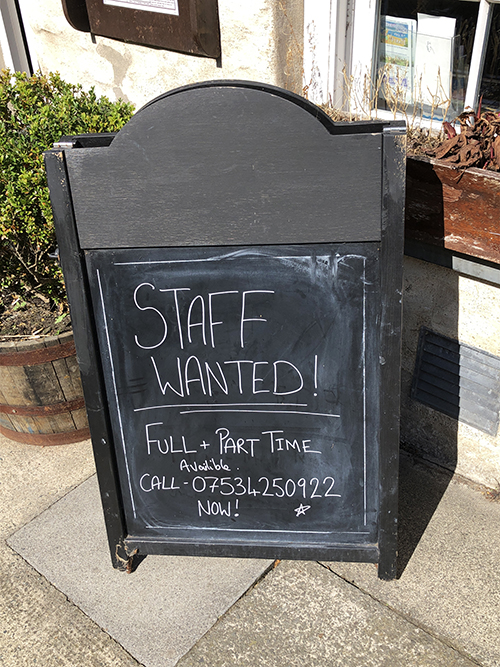

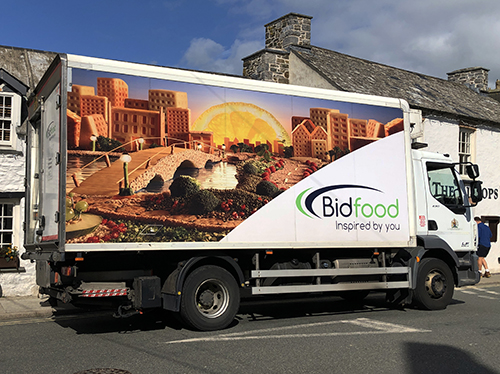
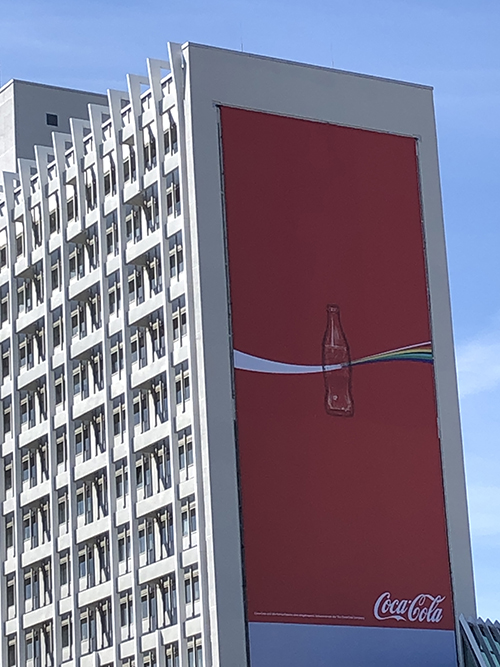
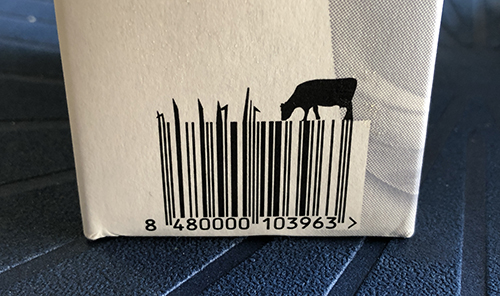


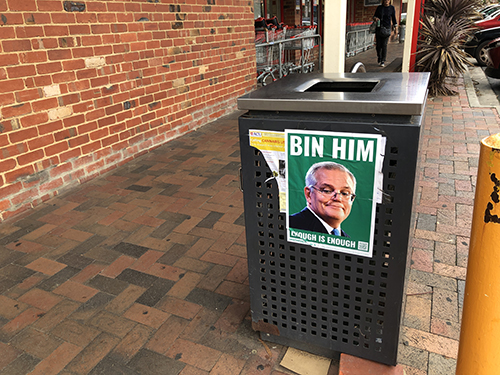
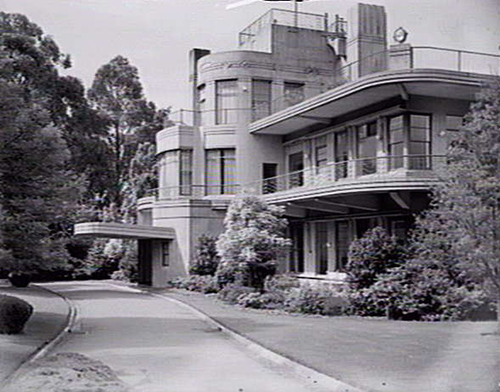
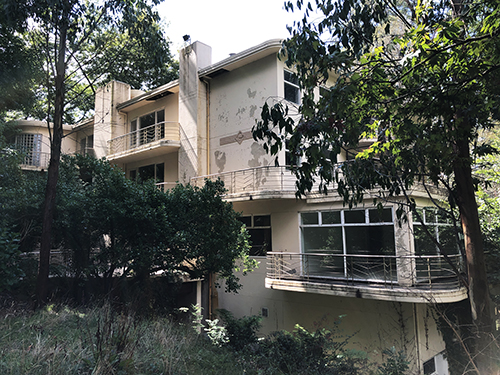










Toilet Humour.
December 23rd, 2022The graphics on this this Portaloo delivery truck are priceless.
I caught a glimpse of one of these trucks down on the Peninsula and was too slow to get a photo.
Then, a few days later, I spotted another one, this time closer to home and it was parked.
I had to get a shot.
Normally a photo of a guy, in high vis, sitting on a toilet with his dacks around his ankles, isn’t that funny. But when you make him the driver of a toilet delivery truck, it’s hilarious.
Posted in Advertising, Art, Comment, Design, Good ideas | No Comments »